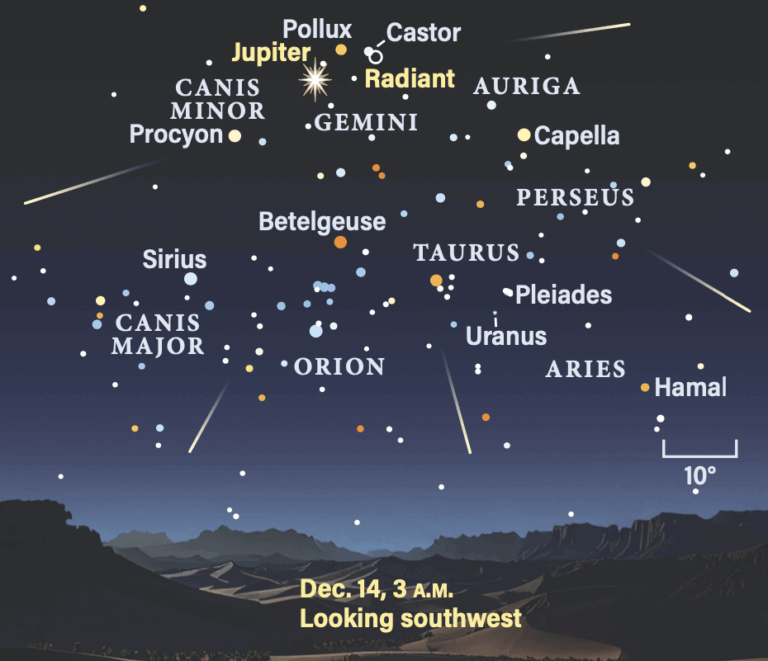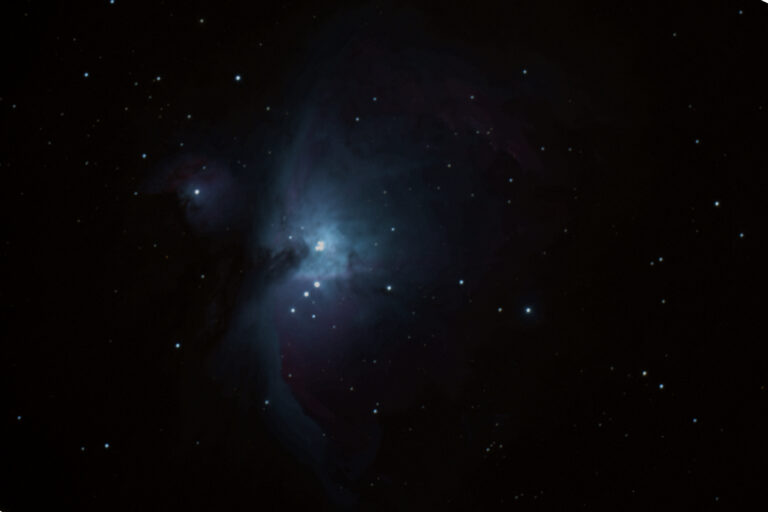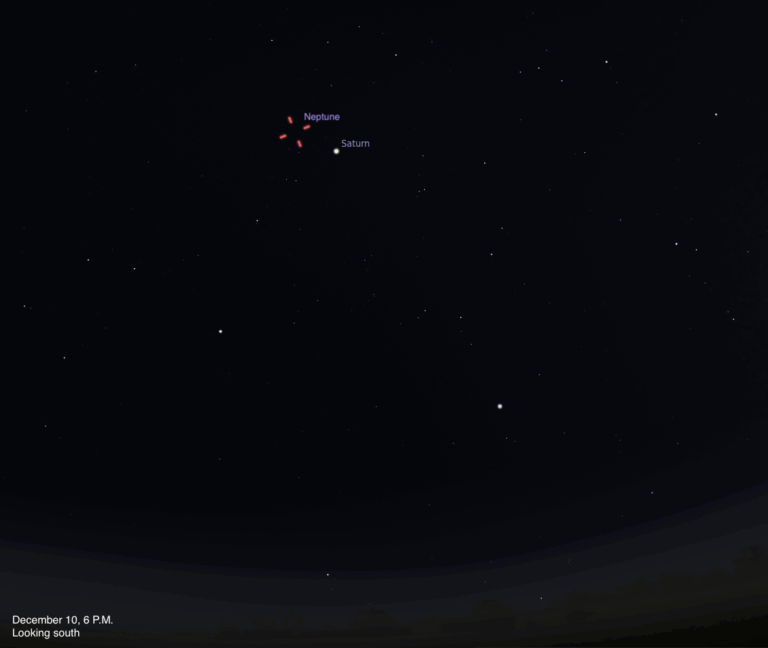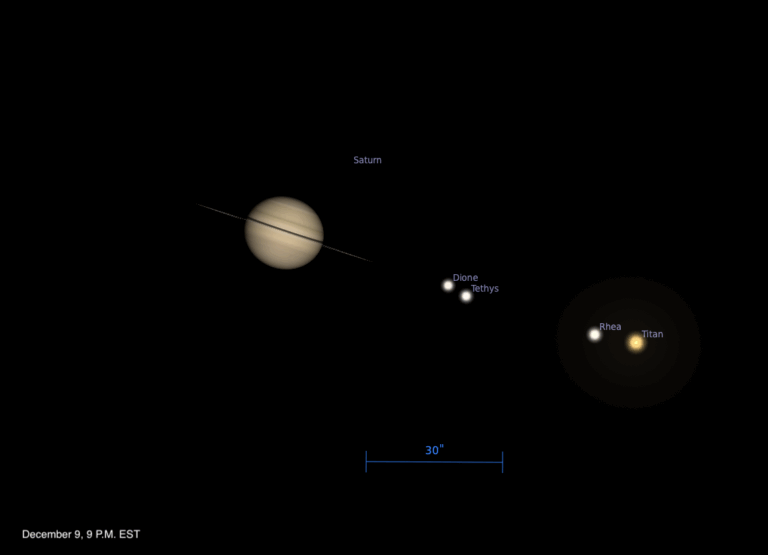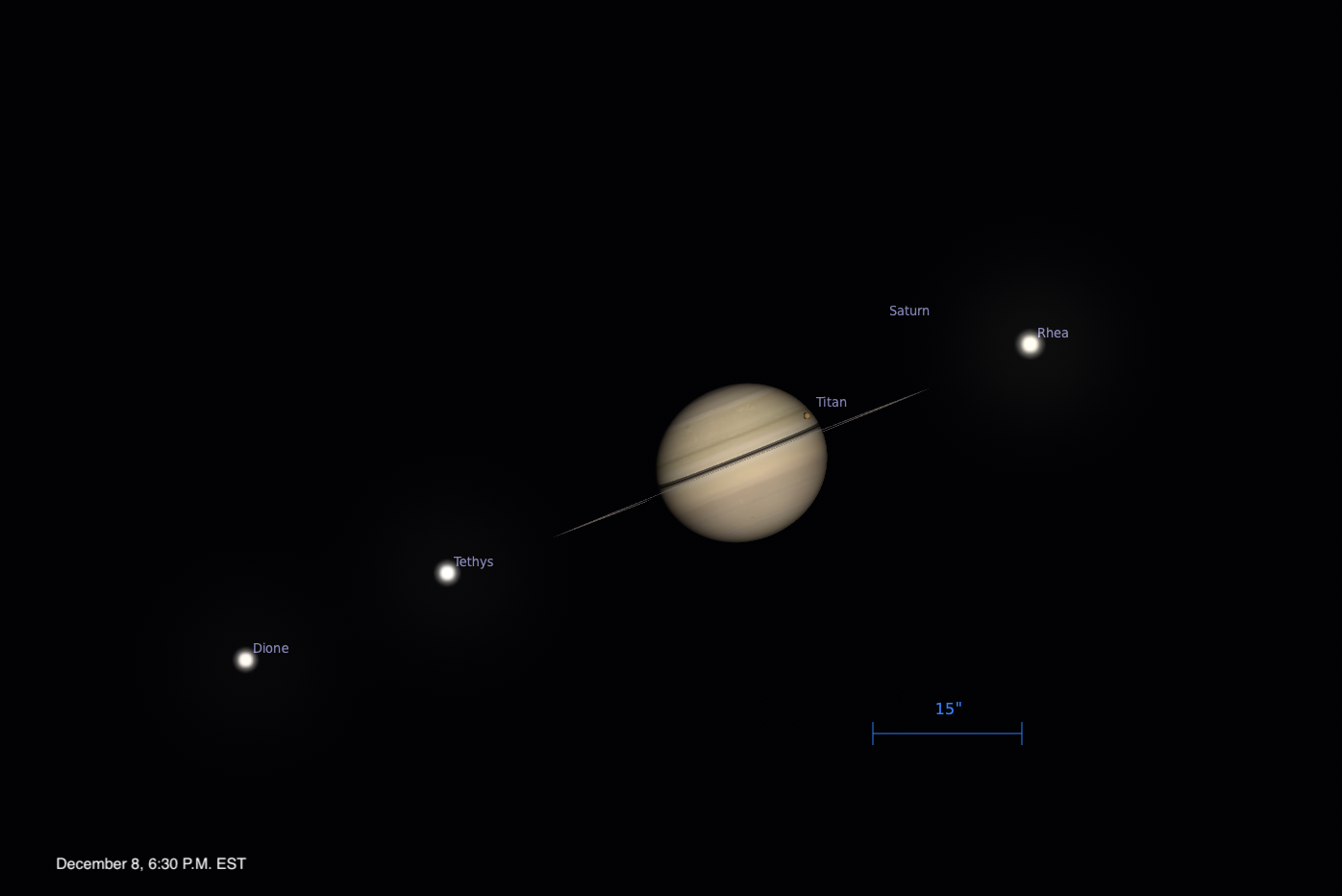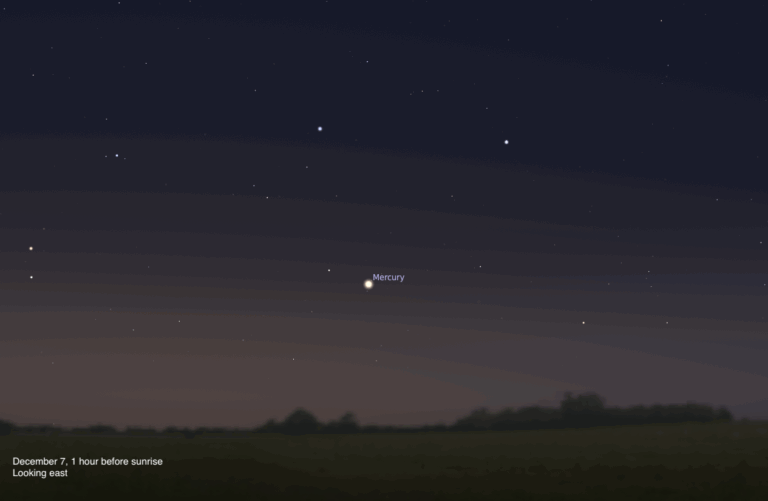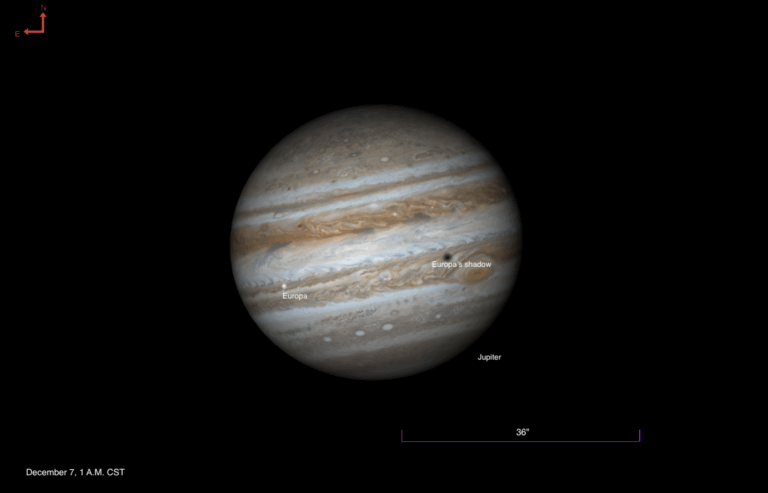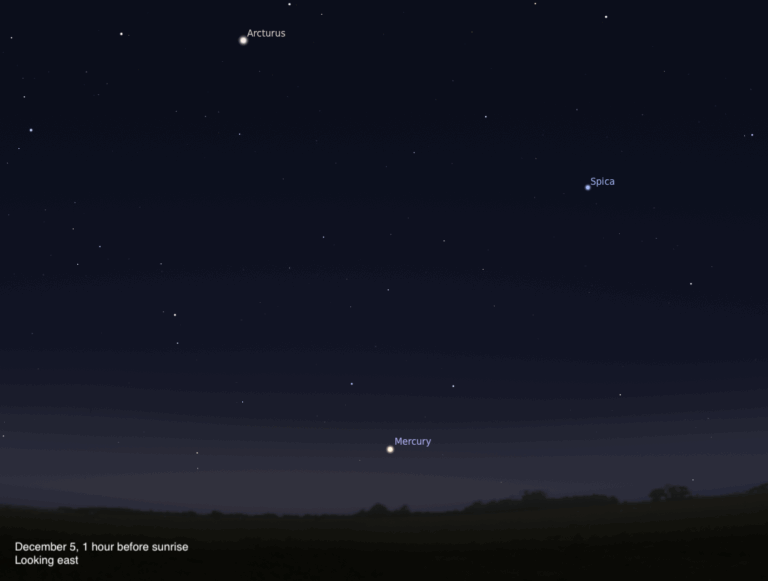Key Takeaways:
STEVE stands for Strong Thermal Emission Velocity Enhancement. The name is a “backronym” — an acronym devised after the fact to fit the letters of the name Steve, which was given to the phenomenon as a nod to the movie Over the Hedge. And though scientists had originally dubbed STEVE a kind of aurora, a new study published August 20 in Geophysical Research Letters now concludes that STEVE “is clearly distinct from the aurora.”
“Our main conclusion is that STEVE is not an aurora,” said Bea Gallardo-Lacourt of the University of Calgary in Canada, and lead author of paper, in a press release. “So right now, we know very little about it. And that’s the cool thing, because this has been known by photographers for decades. But for the scientists, it’s completely unknown.”
The team made the discovery using data from the National Oceanic and Atmospheric Administration’s Polar Orbiting Environmental Satellite 17 (POES-17). POES-17 happened to pass over an area in eastern Canada during a STEVE event in 2008. That same event was also captured by ground-based cameras — Time History of Events and Macroscale Interactions during Substorms, or THEMIS — designed to record auroral activity. By comparing the images and the satellite data, the researchers confirmed that STEVE was present, but the charged particles cascading down through in Earth’s ionosphere previously believed to cause STEVE, and known to cause the aurora, weren’t. This means STEVE and the aurora are not caused by the same mechanism.
“This is really interesting because we haven’t figured it out and when you get a new problem, it’s always exciting,” said Joe Borovsky, at the Space Science Institute in Los Alamos, New Mexico. Borovsky, while not connected to the study, researches the solar wind, Earth’s magnetosphere, and the processes that occur when they meet. STEVE highlights the fact that scientists still have much to learn about these systems and the way they interact. “It’s like you think you know everything and it turns out you don’t.”
After STEVE was first brought to the attention of the scientific community in 2016, it was originally thought to be a proton aurora. The traditional aurorae are largely caused by electron activity, but protons can also be responsible. The catch is, proton aurorae are generally too dark and too diffuse to see, but STEVE is a well-defined, clearly visible violet band stretching thousands of miles long (east-west) and tens of miles wide (north-south).
An early study, which also combined ground-based images and satellite data, spotted fast streams of ions (atoms that have been stripped of one or more electrons) and superheated electrons that appeared associated with the purple light. They concluded that STEVE was likely a SAID, or sub auroral ion drift, which is a supersonic stream of charged particles that can sometimes form during auroral events. But no SAID had ever been seen with the naked eye before, and STEVE also showed temperature spikes and particle speeds higher and faster than those ever before observed in a SAID.
Based on this most recent work, Gallardo-Lacourt’s team is now calling STEVE a kind of “skyglow,” a new type of phenomenon not associated with either the aurora or airglow. (Airglow is a general term used to describe optical light generated by chemical reactions when the solar wind interacts with particles in the upper atmosphere.) Skyglow is commonly associated with light pollution, but in this case, STEVE’s skyglow is structured and distinct.
STEVE’s changing nomenclature maybe isn’t surprising, based on its strange behavior and the difficulty scientists have had slotting it into a previously established category. Gallardo-Lacourt and her colleagues now plan to look into whether the particle activity associated with STEVE is causing the light directly, or whether the light is generated elsewhere Earth’s atmosphere. Whatever the cause, pinning down STEVE’s true nature will ultimately improve our understanding of Earth’s atmosphere and the processes that occur within it.




